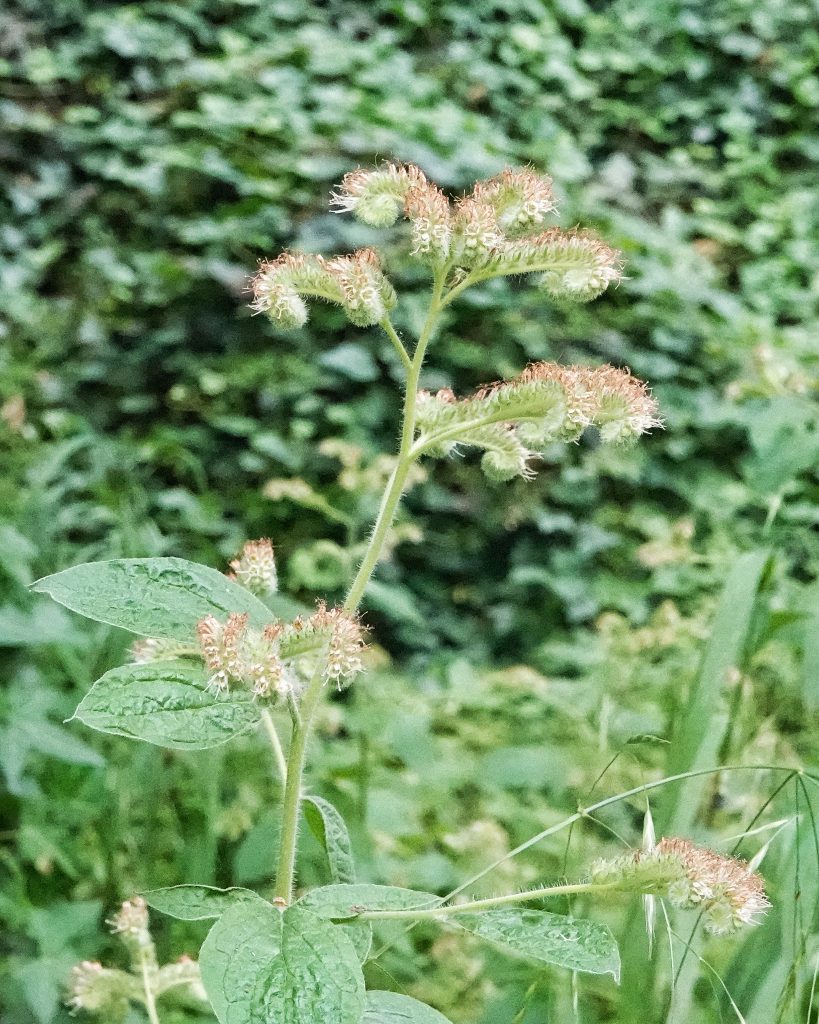
The identity of these plants has puzzled me for many years. From photos I found Phacelia hastata and P. heterophylla seemed the most superficially similar, but the leaves weren’t hairy enough for P. hastata, and the stems seemed too robust, as well as the hairs on those stems not being glandular, to be P. heterophylla. I actually looked Phacelia up in my first copy of ‘Flora of the Pacific Northwest’ , but was overwhelmed by the 21 species listed (which ranks have now swollen to 25 species listed in the 2nd edition that I used to identify this), and promptly gave up.
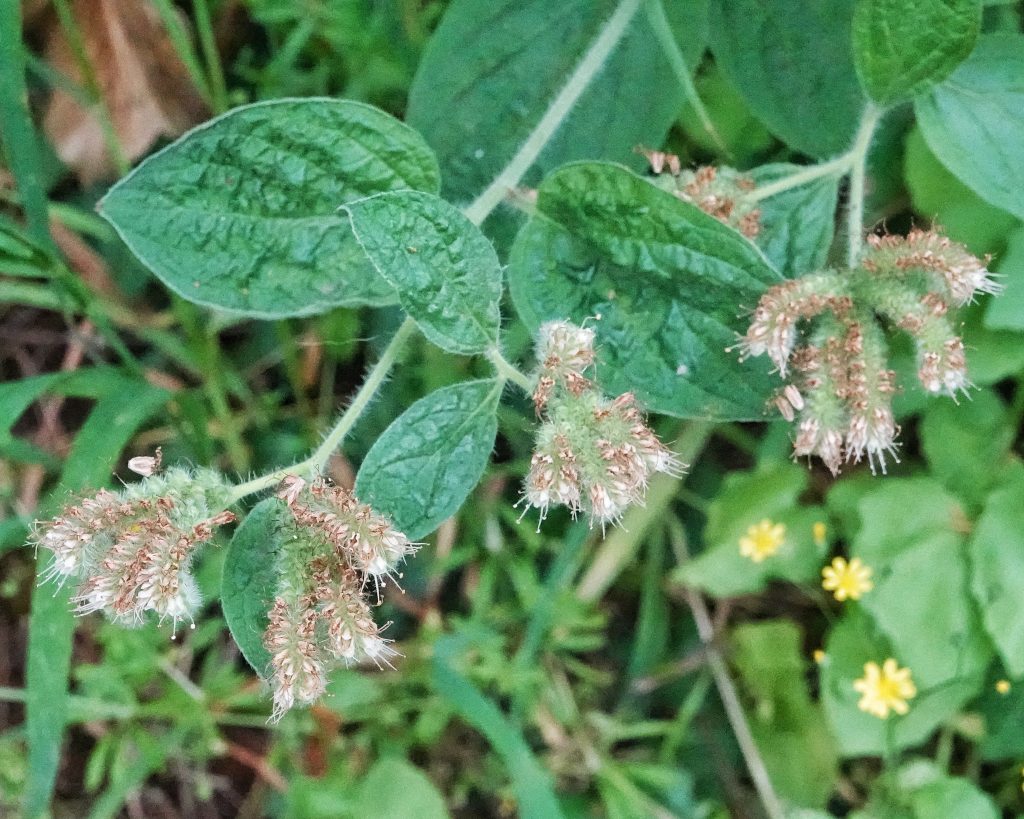
But I’m a more botanically savvy and precise recreational naturalist now than I was then, and when I spotted a stand of this stuff alongside the Burnt Bridge Creek trail in Vancouver, Washington last Saturday, I decided the time had come to figure it out. And it wasn’t a particularly difficult identification, because the strongly exserted stamens (meaning they stick way out of the flower), and the lack of teeth or coarse lobes on the leaves, ruled out 18 species, and the fact that the flower parts were in 5s and the petals weren’t yellow knocked off three more. It became fairly clear when I looked closely at the leaves and saw they were only sparsely hairy, and the hairs all pointed in one direction (they were strigose in technical terms) that these plants were Phacelia nemoralis, which was backed up by the fact they are known to be shade lovers, unlike many other Phacelia, and that was precisely where I’d found them.
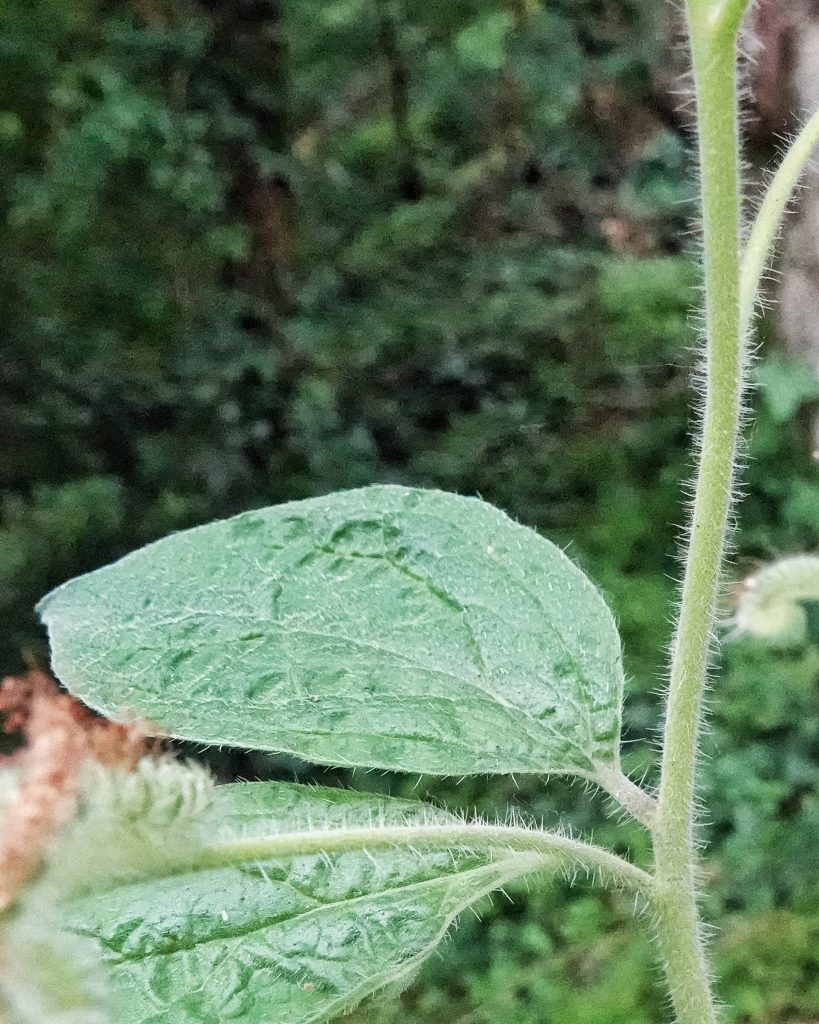
This member of the family Hydrophyllaceae goes by a variety of common names, including shade phacelia, woodlands phacelia, and bristly phacelia. There is a dearth of information on what eats this plant (and even general information about Phacelia nemoralis seemed scarce), but they are said to be important to a variety of pollinators for their nectar and pollen, and it certainly appeared that bumble bees love them. Now that I know what to look for I hope to find some of the other members of this genus.
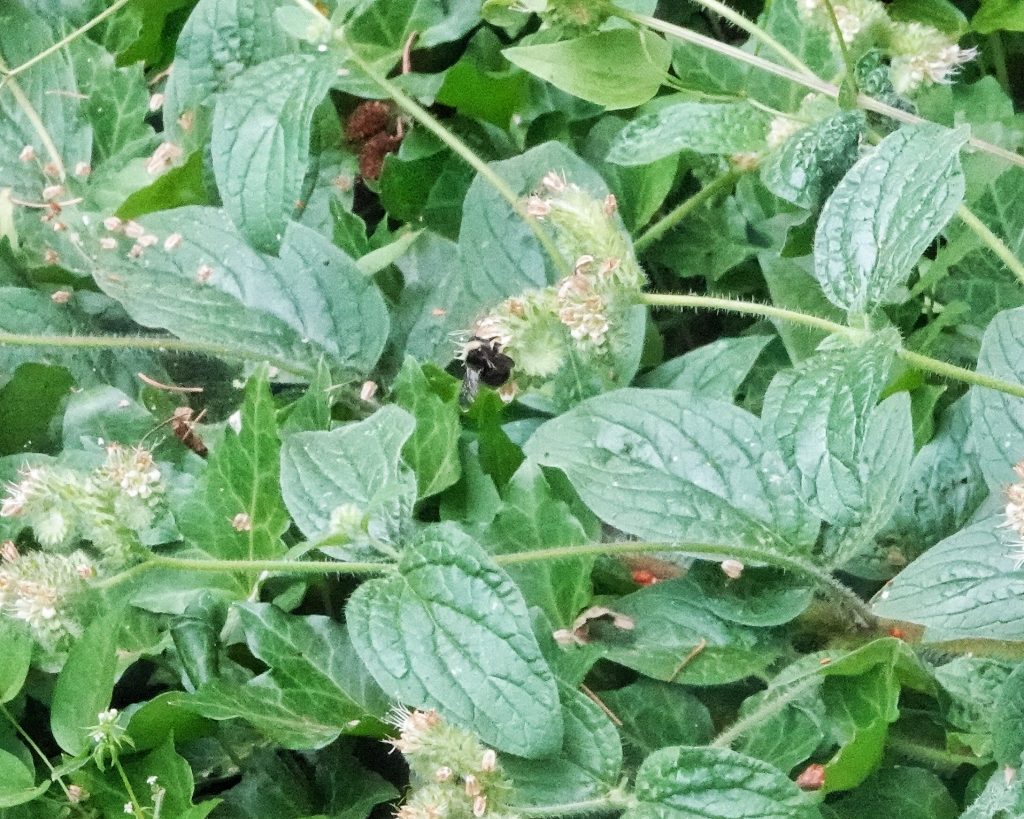
Description– Stems are very bristly, but leaves are only sparsely hairy, and are rugose with obvious veins; “Robust, bristly perennial from a branching, woody base and taproot, the several stems up to 2 m. tall. Leaves: Leaves narrowly elliptic, pointed, with 1-4 pairs of small leaflets at the base of the blade; cauline leaves better developed than the basal leaves. Flowers: Inflorescence elongate and open, densely bristly, the lower flower clusters with leafy bracts; calyx divided nearly to the base, lobes 5; corolla dull white, 5-lobed, 3-6 mm. long and broad, the filaments conspicuously exerted, hairy near the middle; style 2-cleft. Fruit a capsule.” Phacelia nemoralis – Burke Herbarium Image Collection
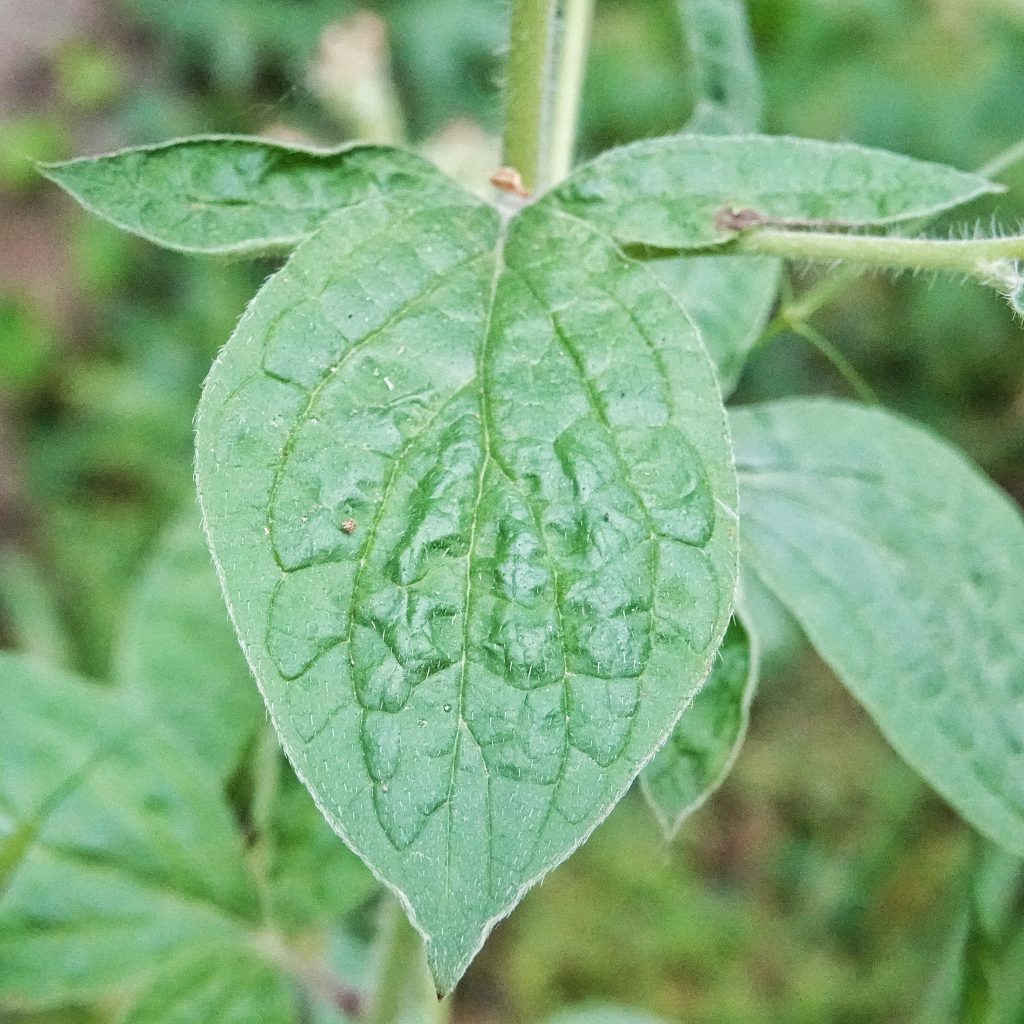
Similar species– There are at least 25 species of Phacelia in our region, and most of them require close examination to differentiate; Phacelia hastata and P. hastata have much hairier leaves; P. mutabilis has indistinct leaf veins; most othe Phacelia either have very yellow flowers, or the stamens are not particularly exserted, or the leaves are toothed or lobed; Amaranthus spp. (pigweeds) and Chenopodium spp. (lamb’s quarters) do not have inflorescence in tight coils.
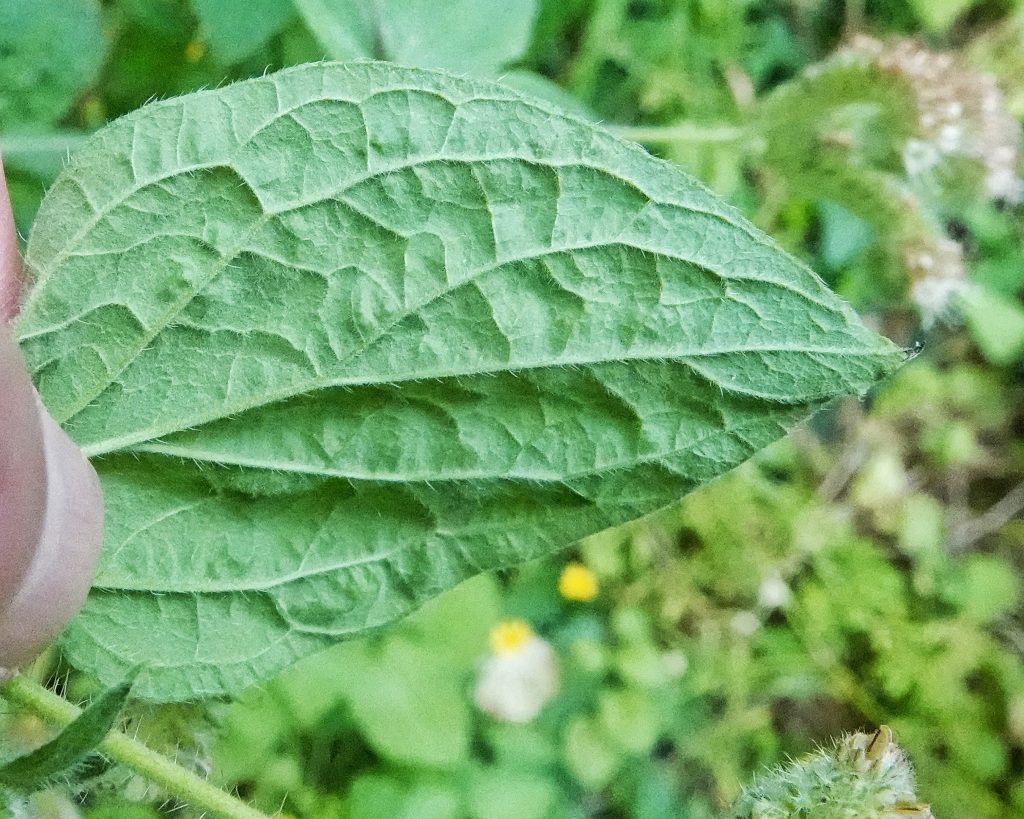
Habitat– “Thickets and woodlands, usually in fairly dry and shady areas, at low elevations.” Phacelia nemoralis – Burke Herbarium Image Collection
Range– PNW endemic, found from BC into northern California; in our region found primarily west of the Cascades and into the Columbia River Gorge, as well as in sw Oregon and nw California.
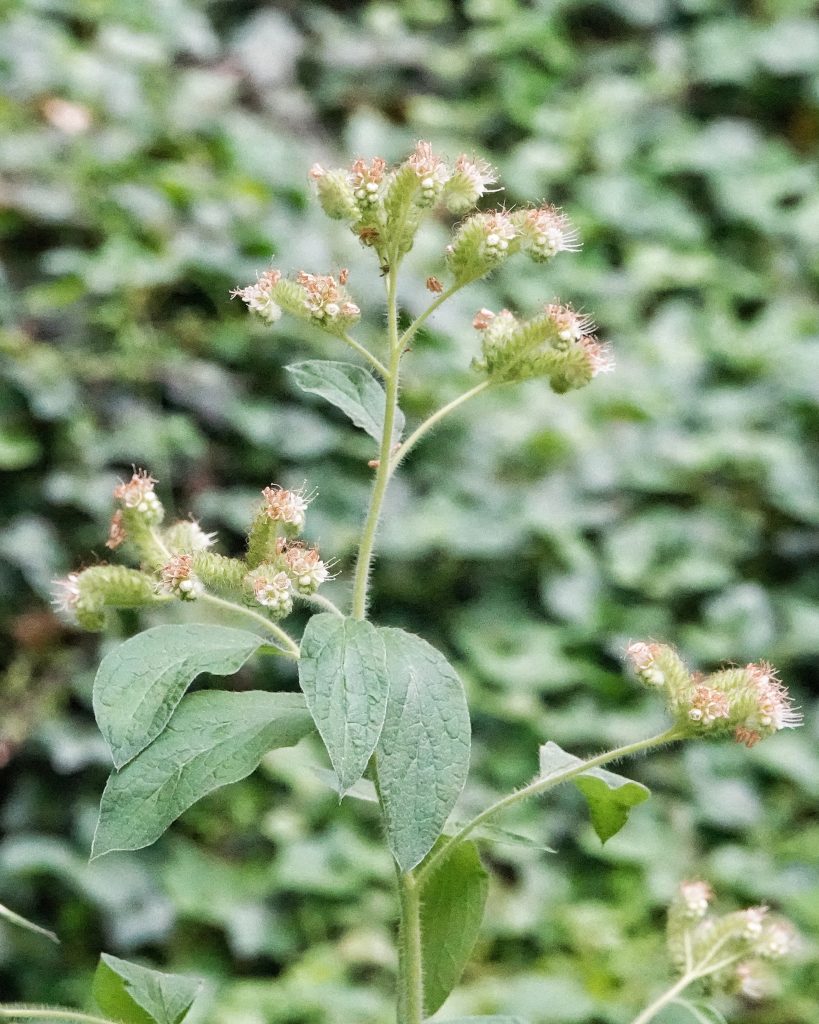
Eaten by– Larvae of leaf mining flies in Agromyzidae probably utilize this plant; bumblebees and other pollinators consume its nectar and pollen.
Ethnobotany– I can find no ethnobotanical uses for this plant, nor any foraging or herbalist uses.
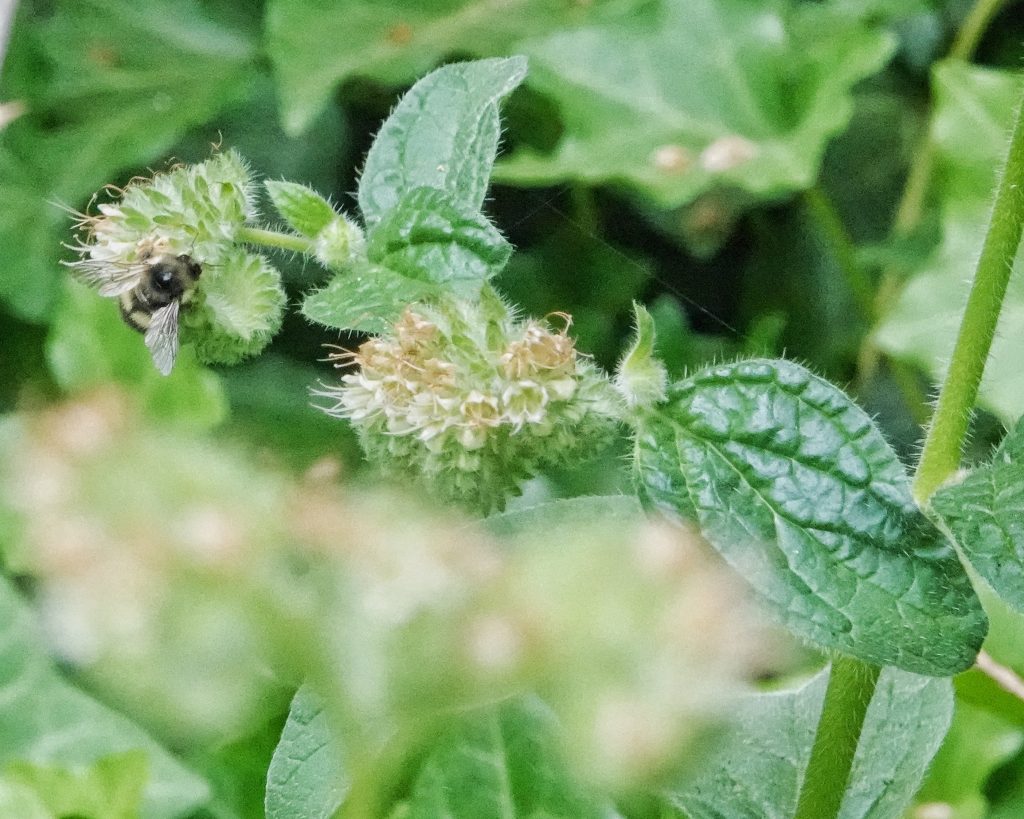
Reproductive timing– Flowers bloom from April into July
Etymology of names– Phacelia is from the Greek word for cluster/fascicle/bundle, and refers to the congested inflorescence. The specific epithet nemoralis is from the Greek word for ‘woodland dweller’, referring to the preferred habitat of this species.
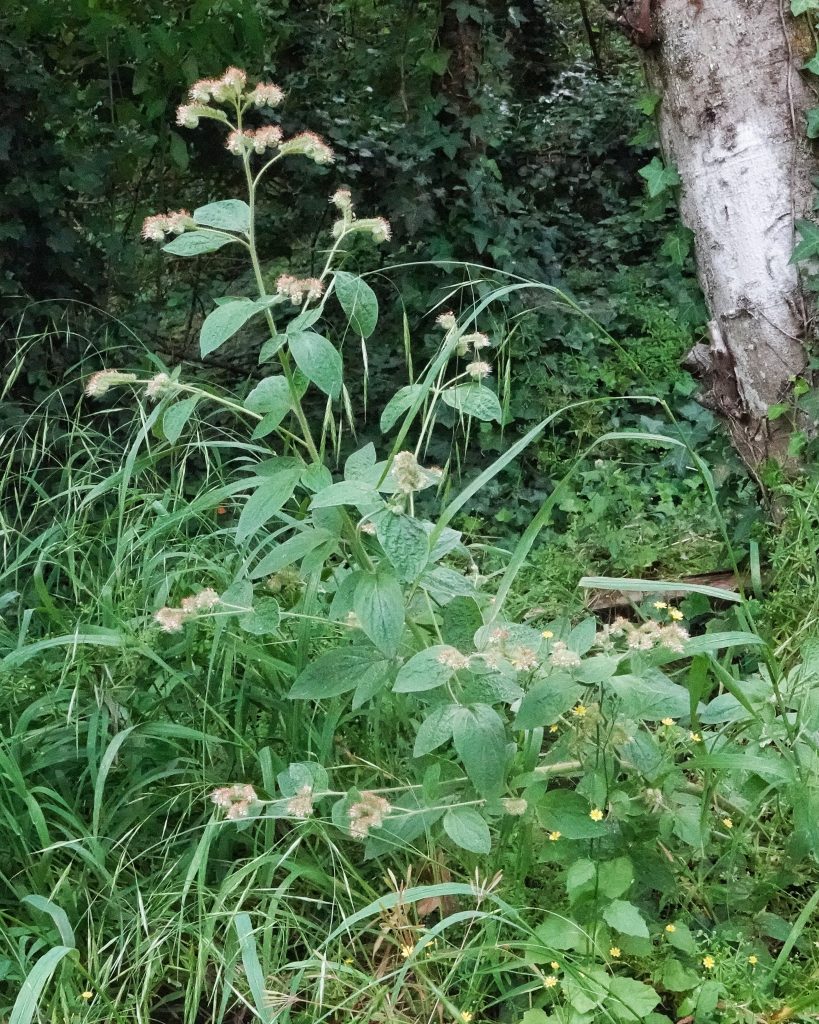
Phacelia nemoralis – Burke Herbarium Image Collection
Oregon Phacelia, Woodland Phacelia, Shade Phacelia: Phacelia nemoralis ssp. oregonensis
https://en.wikipedia.org/wiki/Phacelia_nemoralis
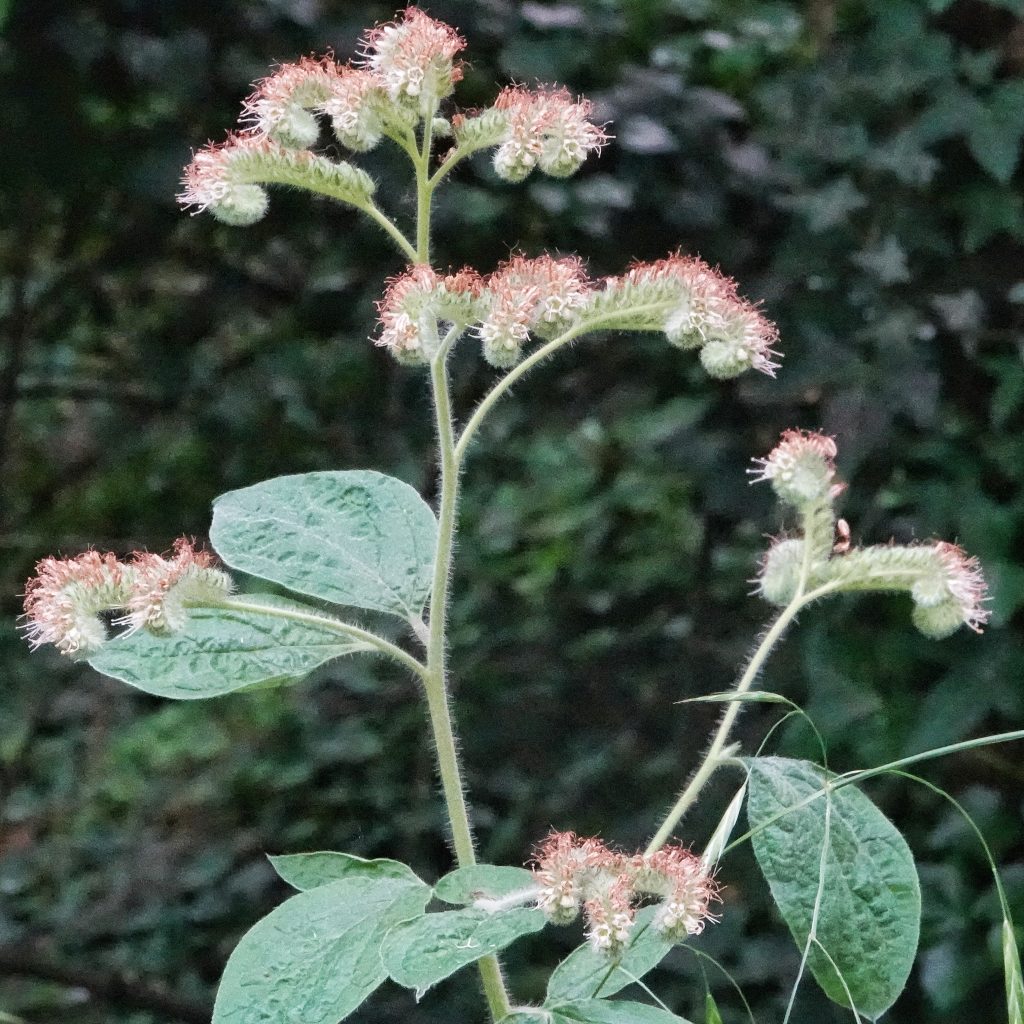
I like Phacelia for two main reasons. The first is that it’s so beneficial for bees, and the second is that it’s so easily identifiable, even if it’s a variety you’re unfamiliar with in a terrain where you’ve never seen it growing before.
Yes on both accounts!